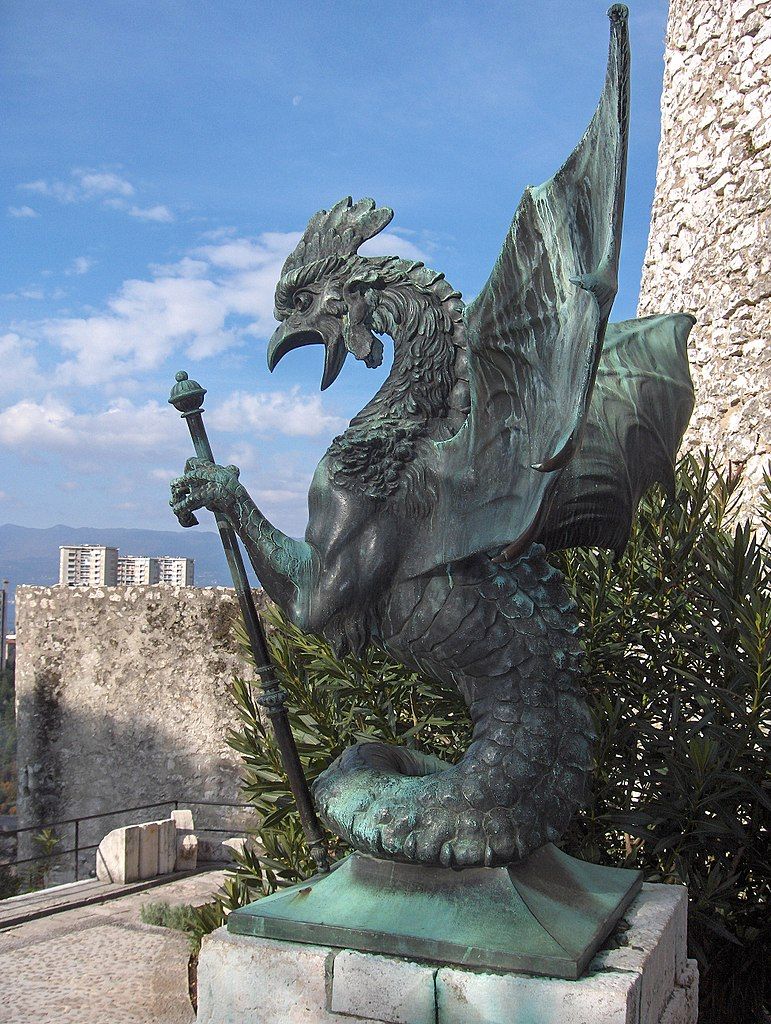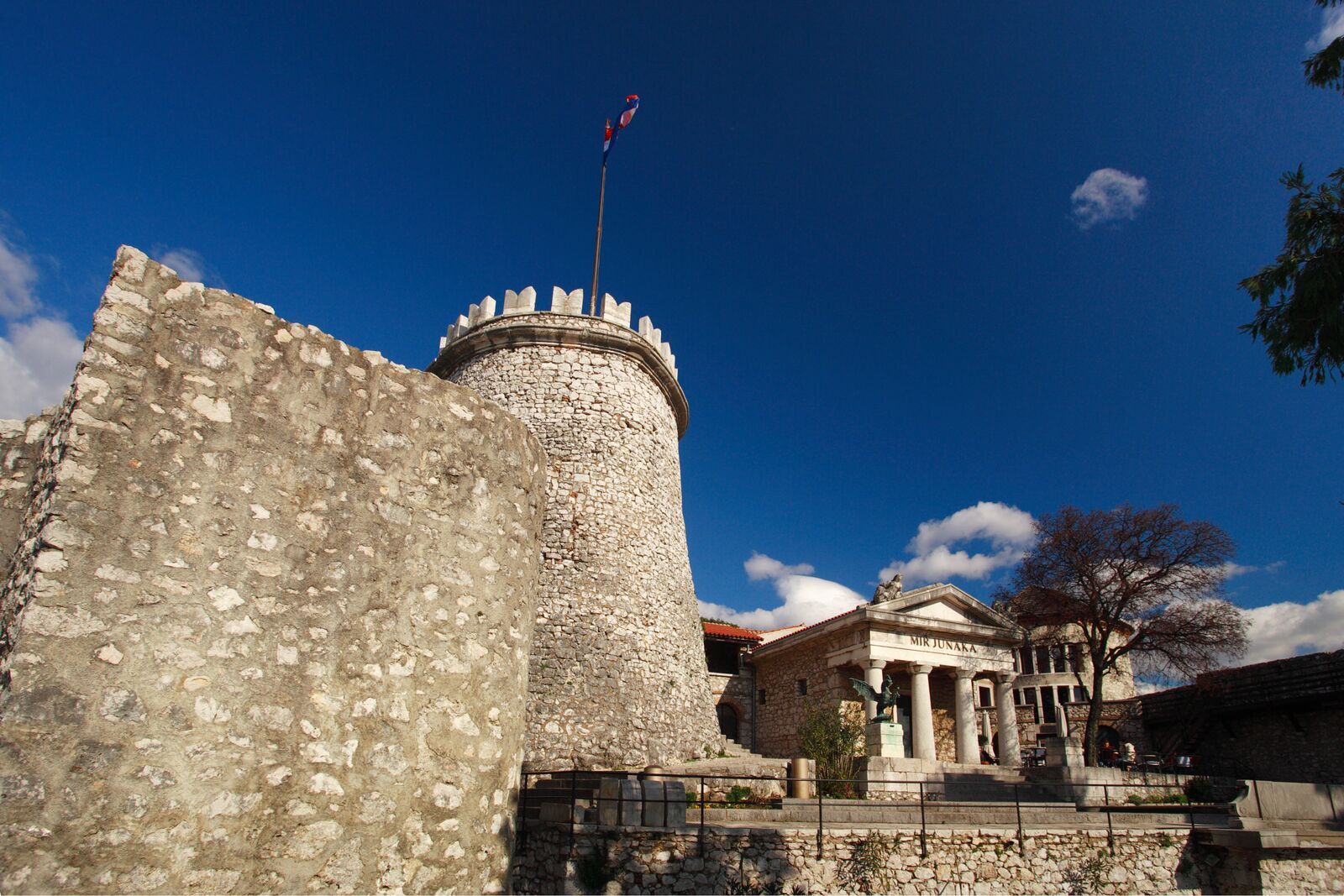Have you ever been to the Trsat Castle? A look at its most famous residents on January 18, 2018
If the road takes you to Rijeka, there’s a good chance you’ll pay a visit to Trsat, a picturesque neighbourhood perched on a hill that overlooks the city centre. Trsat houses two renowned sights: the church of Our Lady of Trsat which attracts thousands of pilgrims years after year, and the majestic Trsat Castle built in the 13th century.
The latter is home to another famous resident of Rijeka: the so-called Dragon of Trsat, a mythical creature cast in bronze that grew to become one of the best known symbols of the city. Even though most people refer to it in singular, there are actually two, both commissioned by Austrian marshal and count Laval Nugent who purchased the castle in the 19th century. A big history buff, Nugent was particularly keen on the legacy of the Frankopan, one of the leading noble families in Croatia from the 12th to the 17th century. As Trsat Castle used to belong to the Frankopan dynasty, Nugent was happy to acquire the edifice along with another similar estate, the Frankopan castle in Bosiljevo.
The dragons were made by sculptor Anton Dominik Fernkorn and installed in front of the central object on the castle grounds, guarding the gate to what is now Nugent’s mausoleum. One of the sculptures later got stored at the City Museum of Rijeka as it got worn down with time; the City launched a restoration project in 2012 and had the two creatures reinstalled at the castle in 2013.

Even though we call them dragons, the grotesque beings are actually basilisks. A mythical creature known as the king of serpents, basilisk has the head of a rooster, the body of a dragon and the tail of a snake; it is believed to be both venomous and able to kill with its lethal glance. Fernkorn designed his basilisks in a way that truly reflects the creatures’ threatening nature, their eyes fixated on an imaginary target in the distance, beaks agape, forked tongues sticking out. The only thing missing is a high-pitched shrill.
The basilisk might look like they’re forever frozen in a predatory stance, but there’s a heartwarming legend that tells a different story. Once upon a time, a single dragon was guarding the city of Rijeka from the Trsat hill, while a giant octopus resided at the bottom of the Dead Canal in the centre. A young girl sat on the edge of the canal every day, doodling little images of dragons in her notebook, unaware of the octopus lurking from the deep. Right as the predator wrapped one of its tentacles around the little girl’s leg, the dragon flew down to the canal and delivered the girl to safety.
The following day, the girl went to the dragon’s cave, bringing along her drawing as a gift for her savior. However, she was met with an empty lair, as the dragon flew away, aware he got overly attached to mankind. As a token of gratitude, the girl’s father – supposedly the mayor of Rijeka – commissioned a bronze statue of the dragon from a Viennese sculptor and had it installed at the castle.
A timeless guardian has been watching over the city ever since.

Trsat Castle, with the basilisk in front of the colonnade / Romulic and Stojcic
Even though the legend and historic events don’t exactly match – if nothing else, there are two dragons instead of one – it’s nice to have a little mythical background to the actual story. If you ever find yourself on Trsat, go meet the dragons; just make sure not to look them in the eye. One can never be too cautious.







